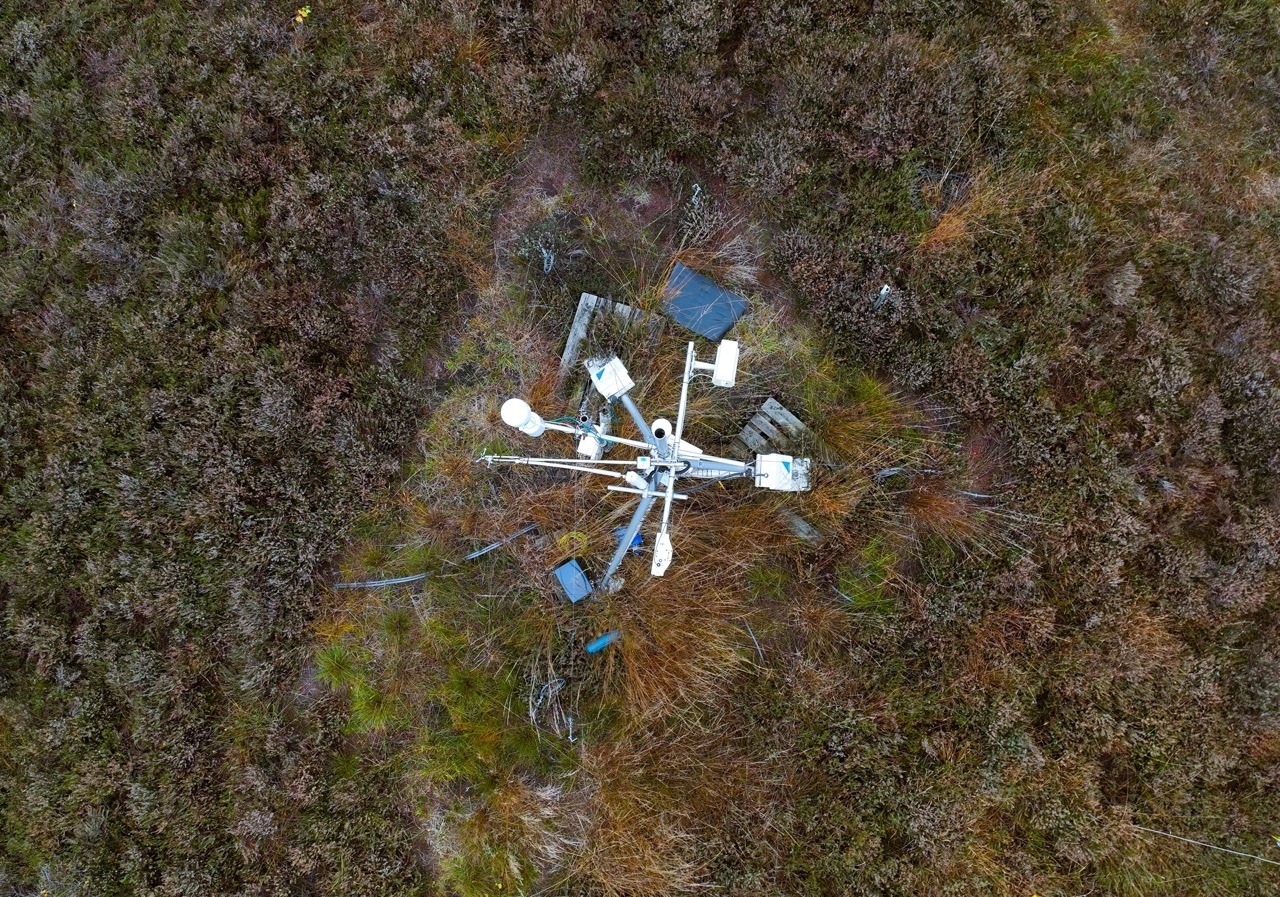
After undergoing a rigorous quality assurance process, eight new measurement stations have achieved the status of ICOS-labelled stations. This station labelling was confirmed by the ICOS General Assembly on November 6th, 2024. The list of stations includes seven Ecosystem stations and one Ocean station.
To ensure data reliability and quality across all stations, ICOS implements a quality assurance procedure called station labelling. This process includes strict criteria that each station must meet, both for station measurements and data production. Once a station satisfies all the requirements, it receives an ICOS label, certifying that the data it produces is of the highest quality. This data is openly and freely available on the ICOS Carbon Portal.
Amstvenn station enables the study of drained peatlands
The Amtsvenn Ecosystem Station is located within the Natura 2000 site “Amtsvenn and Hüdfelder Moor” on the German-Dutch border in North Rhine-Westphalia, Germany. The station lies within a drained bog where peat extraction ceased in 1979. In October 2022, the University of Münster established a greenhouse gas measurement station at Amtsvenn, and preparations for large-scale rewetting began in autumn 2024 as part of an EU LIFE project. This creates a unique field experimental setting to observe greenhouse gas fluxes from peatlands before and after restoration through rewetting - a crucial strategy for climate change mitigation.

“Amtsvenn is the only peatland station within ICOS designed specifically to observe gas fluxes before rewetting, throughout the rewetting process, and afterwards. This unique setup makes DE-Amv distinct in its ability to provide a comprehensive view of the rewetting impacts over time”, says Dr. Mana Gharun, Principal Investigator of the station. “Peatland re-wetting is recognized as a power strategy for mitigating climate change. However, very few experimental setups exist that facilitate a direct comparison of gas fluxes to pre-re-wetting conditions at the whole ecosystem scale. This further emphasises the unique contributions of Amtsvenn to enhancing our understanding of greenhouse gas flux dynamics in peatland ecosystems.”
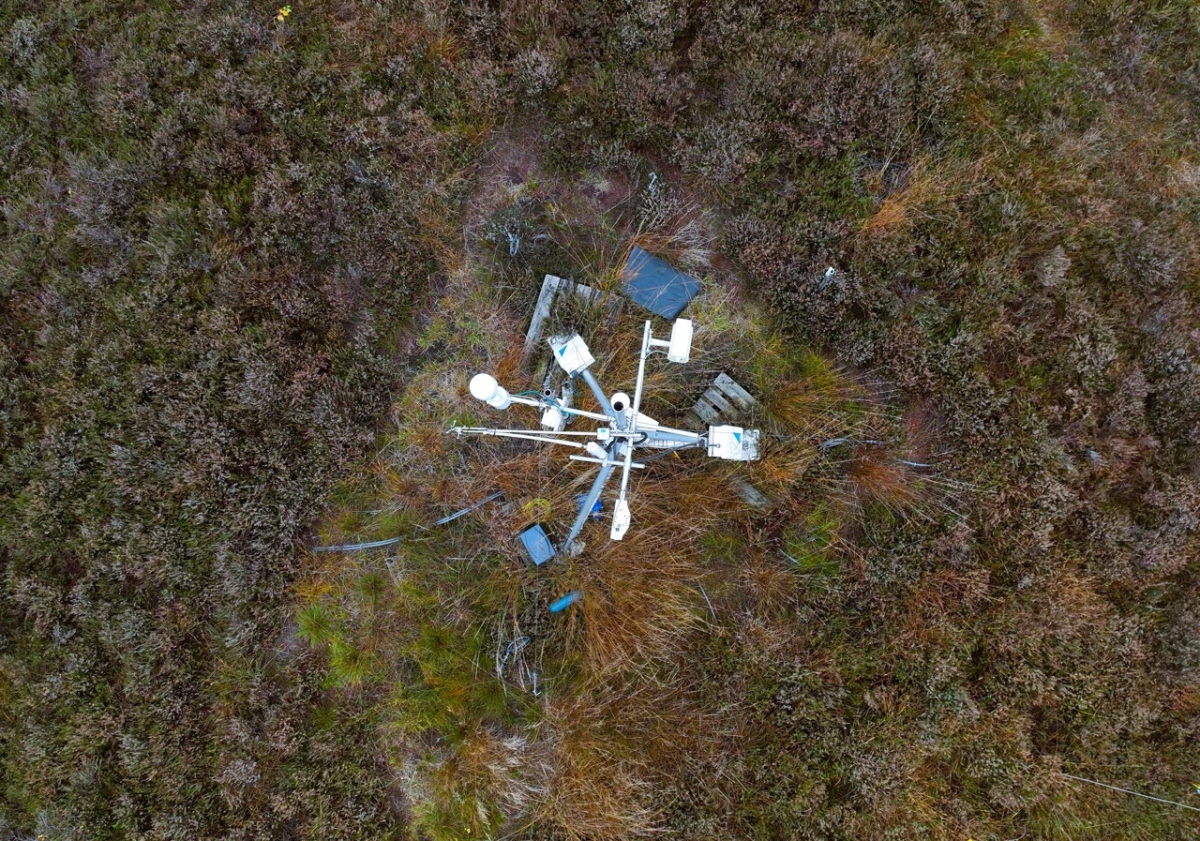
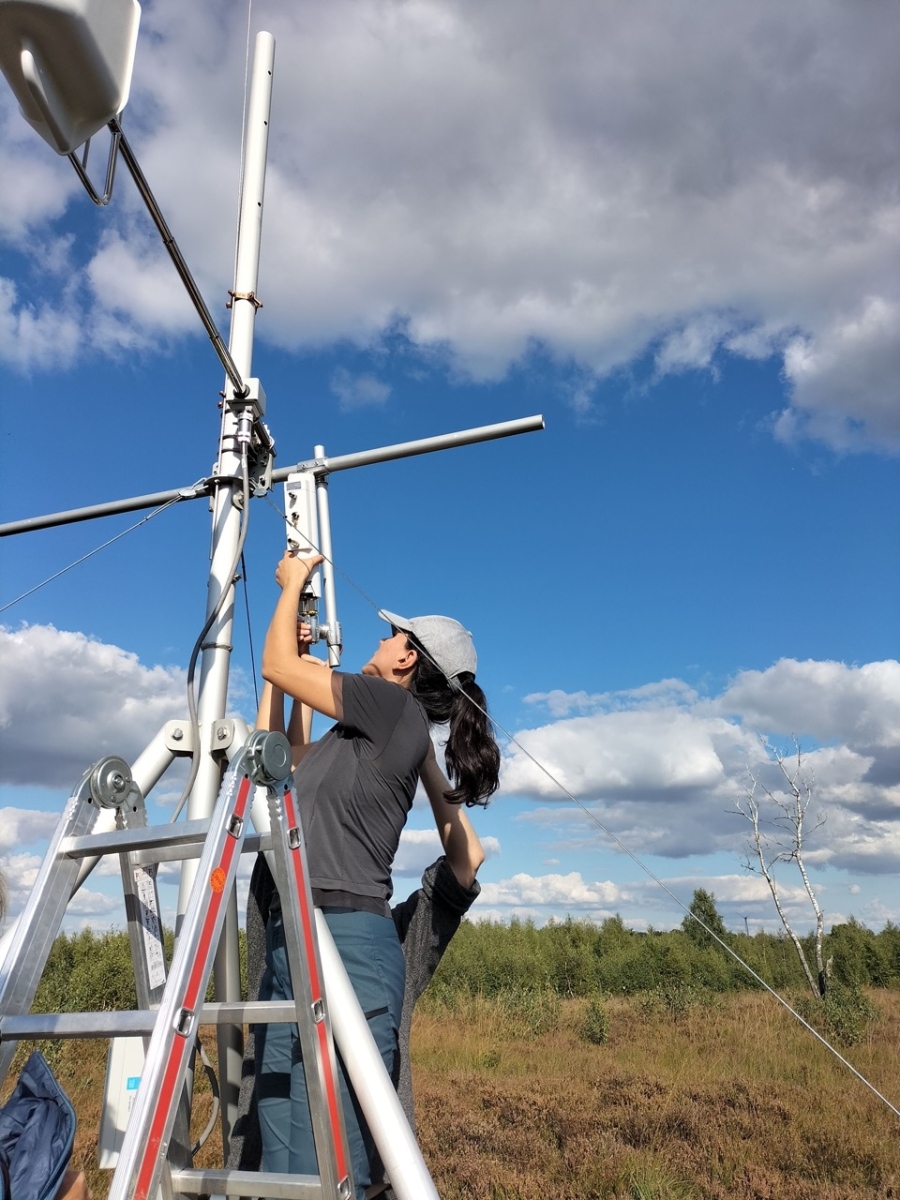
Explore data from Amtsvenn Ecosystem station here.
First urban greenhouse gas station in Switzerland
The Basel Klingelbergstrasse Ecosystem station is an urban ecosystem station located in the city center of Basel, Switzerland. It is positioned on the flat rooftop of a 20-meter-high building (260 meters above sea level) and is classified as a "compact mid-rise" area based on local climate zone classification. The site's surroundings feature the busy inner ring road, Klingelbergstrasse, to the east, with approximately 15,000 vehicles passing daily, while residential buildings with green backyards lie to the west.
Switzerland officially joined ICOS as a member in 2023, after 10 years with observer status in the network. With the inclusion of Basel Klingelbergstrasse, Switzerland now hosts three ICOS stations. The Basel Klingelbergstrasse urban station, established in 2004, has one of the longest CO2-flux time series in the world measured in an urban environment. Keeping the measurements running and the data available in the ICOS network is vital since such long datasets are extremely useful for investigating reducing greenhouse gas emissions in cities.
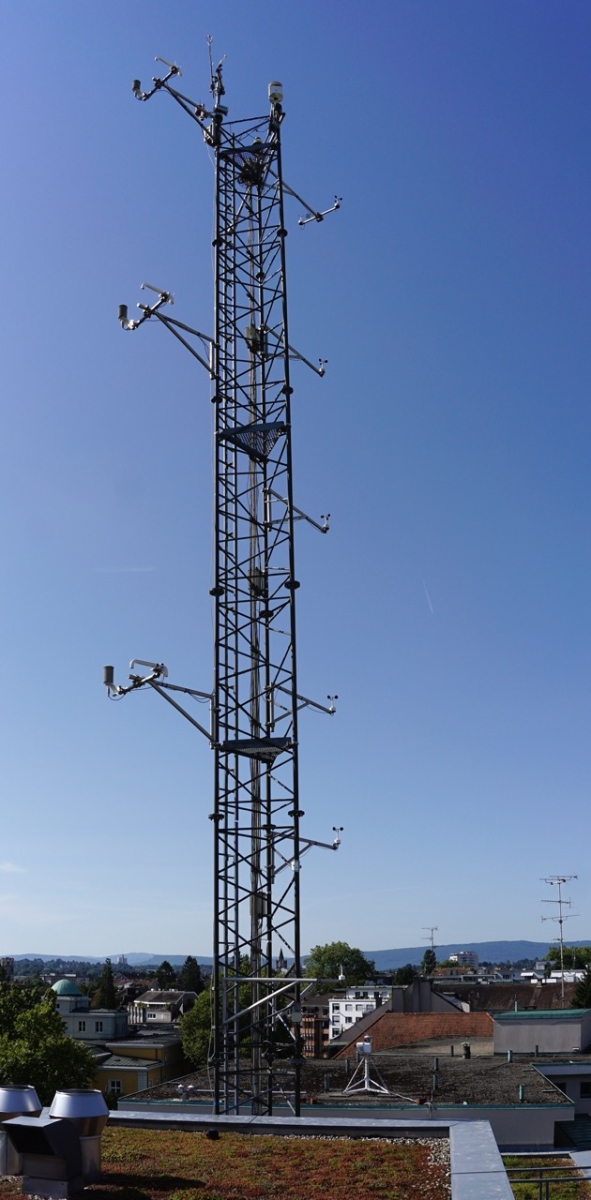
“The data from this station enables the investigation of decadal trends of urban CO2-flux and concentration compared to regional background concentration records from CH-JFJ and DE-SSL, monitoring the effects of traffic reduction measures, monitoring the transformation of building heating types from fossil fuel to renewable energy and district heating as one of the most important measures to reach CO2 neutrality, evaluation of models for partitioning measured CO2-fluxes into its biogenic and anthropogenic contribution, evaluation and improvement of urban greenhouse gas inventories, and basic methodological problems arising from applying the Eddy Covariance method in non-ideal terrain”, describes Dr. Christian Feigenwinter, Principal Investigator of the station.
Explore data from Basel Klingelbergstrasse here.
The Risø Campus Willow enables the study of biomass production sites
The Risø Campus Willow Ecosystem station is located adjacent to the Technical University of Denmark Risø campus, around 30 kilometres West of Copenhagen. The station is a short-rotation willow coppice, planted in 2009 on 8.6 hectares of former cropland with sandy clay loam soil, formed from glacial till. Since 2016, the plantation has been managed organically, meaning neither artificial fertilizers nor herbicides are used.

“At the time, we wanted to know the total climate effect of perennial biomass production—mainly carbon storage in soil and biomass, plus the benefit of substituting fossil fuel with bioenergy. Our short-rotation coppice is a low-input system with a three-years’ cycle, and since its establishment, the soil hasn’t been tilled. Compared to regular forestry, this management offers product returns every three years, making biomass production potentially more attractive for farmers. The rainfed site is also useful for studying drought effects (see e.g. Wang et al 2018). We saw a strong response to the 2018 drought, as shown in Mathilde Jaujay’s recent MSc thesis”, says Dr. Andreas Ibrom, Principal Investigator of the station. “We think these new ecosystems are valuable to study, as future climate scenarios—especially those aiming to meet the Paris goals—rely heavily on bioenergy combined with carbon capture and storage (BECCS). By examining sensitivity to climate stress, we learn how climate change might impact the feasibility of this direction.”
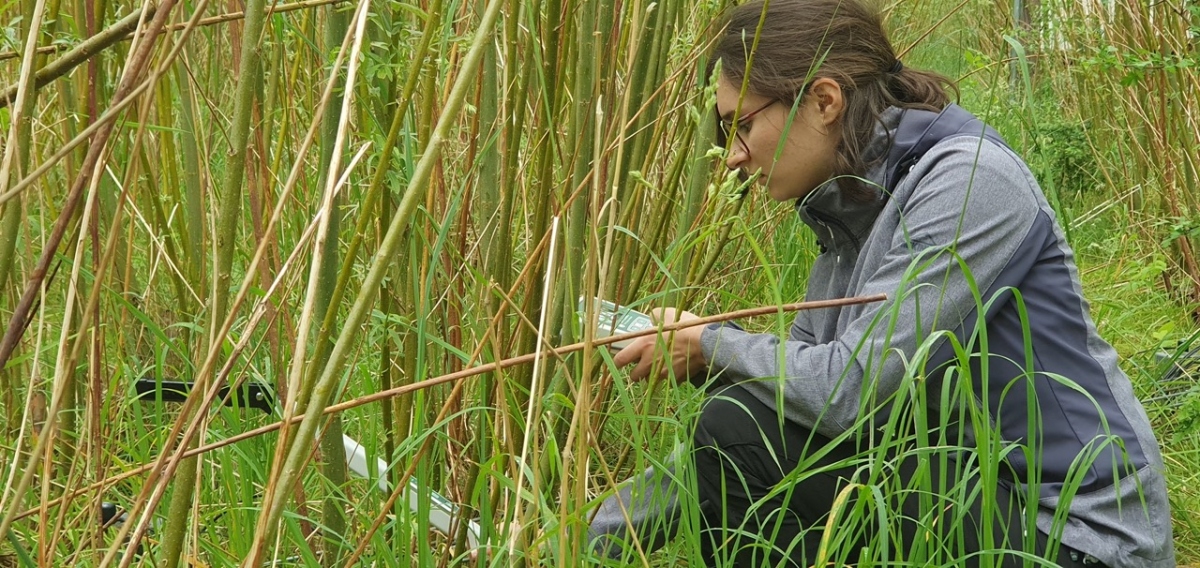
Explore data from Risø Campus Willow Ecosystem station here.
The complete list of stations labelled on 6 November 2024:
- Class 2 Ecosystem Station Lompolojänkkä (FI-Lom), FI, Station PI: Annalea Lohila
- Class 2 Ecosystem Station Mycklemossen (SE-Myc), SE, Station PI: Per Weslien
- Associated Ecosystem Station Amtsvenn (DE-Amv), DE, Station PI: Mana Gharun
- Associated Ecosystem Station Basel Klingelbergstrasse (CH-BaK), CH, Station PI: Christian Feigenwinter
- Associated Ecosystem Station Großen Bruch (DE-GsB), DE, Station PI: Anke Hildebrandt
- Associated Ecosystem Station Risø Campus Willow (DK-RCW), DK, Station PI: Andreas Ibrom
- Associated Ecosystem Station Sassari (IT-Sas), IT, Station PI: Donatella Spano
- Class 2 Ocean Station Sea Cargo Express (NO-SOOP Sea Cargo Express), NO, Station PI: Abdirahman M. Omar
Warm congratulations to the staff at these stations, as well as the institutes responsible for their operation!